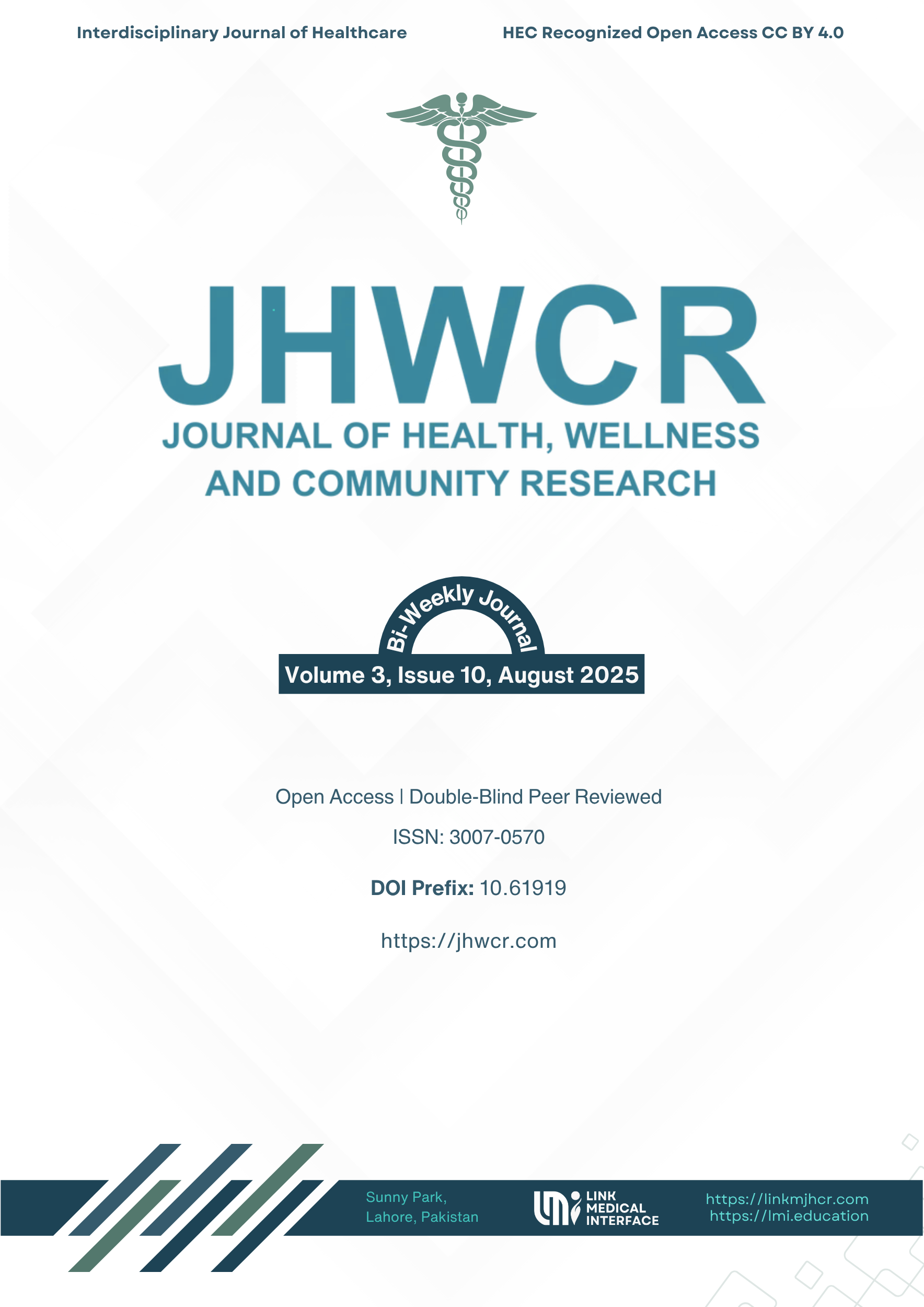Innovations in Assistive Technology: Enhancing Independence and Social Participation for Individuals with Disabilities
DOI:
https://doi.org/10.61919/vcdh3c93Keywords:
Assistive technology, artificial intelligence, disability inclusion, mobility aids, communication devices, wearable systems, rehabilitation technologyAbstract
Background: Assistive technology (AT) encompasses supportive, adaptive, and rehabilitative solutions that enable individuals with disabilities to perform daily activities, engage in education and employment, and participate socially. Recent advances, particularly in artificial intelligence (AI)-enabled systems, have expanded the scope of AT from mechanical devices to intelligent, personalized solutions. While numerous innovations have emerged across mobility, communication, wearable systems, and daily living domains, disparities in access, affordability, and training limit their global impact. Objective: To synthesize recent advancements in AT, evaluate their effects on independence and social participation, and identify persistent challenges and priorities for future research, policy, and practice. Methods: A narrative review was conducted through systematic searches of PubMed, Scopus, Web of Science, and IEEE Xplore from January 2020 to January 2025, supplemented with grey literature from international reports and industry sources. Studies were included if they reported innovations in AT with demonstrated or potential impact on functional independence or social integration. Data were thematically synthesized into four primary domains, with AI integration analysed as a cross-cutting factor. Results: Eighty-two sources were included, covering 21 countries. Mobility aids accounted for 31% of innovations, communication devices 27%, wearable systems 22%, and daily living aids 20%. AI integration was reported in 43% of all devices, most prominently in communication technologies (60%). Positive independence/social participation outcomes exceeded 80% in most categories, with communication devices achieving the highest rate (91%) and AI-driven inclusivity tools reporting 100% in early-stage studies. Key barriers included economic inaccessibility (64% of studies) and training needs (51%), with lowest adoption rates in low- and middle-income countries. Conclusion: Modern AT demonstrates strong potential to enhance autonomy and inclusion across diverse disabilities, with AI-enabled solutions offering significant added value. However, equitable adoption requires targeted efforts to reduce cost, expand training, and ensure ethical, culturally adaptable design. Aligning innovation with accessibility and policy reform can transform AT from isolated advances into scalable, impactful solutions.
Downloads
Published
Issue
Section
License
Copyright (c) 2025 Raiqa Rafique, Tehreem Mukhtar, Attia Afzal, Hifsa Riaz, Abdullah Mirza (Author)

This work is licensed under a Creative Commons Attribution 4.0 International License.


